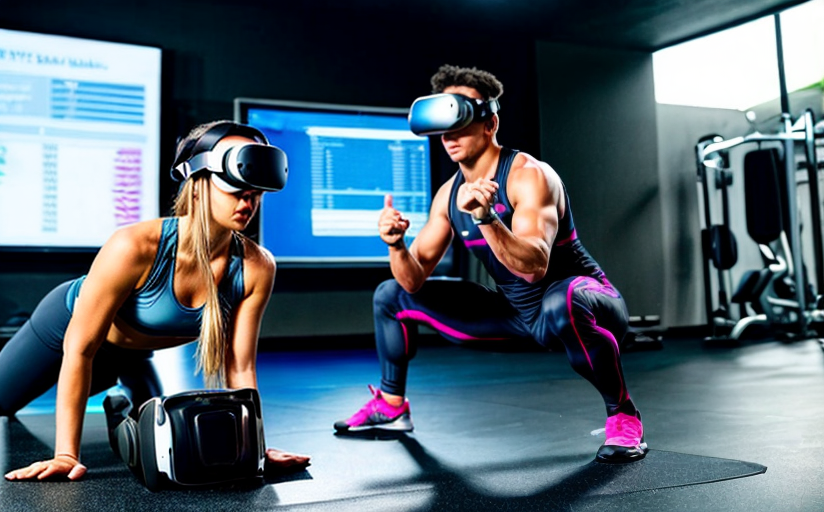The Influence of Virtual Reality on Training and Rehabilitation in Sports
With the rise of technology, we've witnessed a significant transformation in various sectors and the sporting arena has been no exception. One advancement that is already redefining both training and rehabilitation in sports is Virtual Reality (VR). Today, we delve into an exciting discussion about how VR is changing the game.
Altering Traditional Training Methods
VR holds the power to revolutionize the way athletes train. This innovative technology provides a controlled environment where athletes can practise and refine their skills without the physical risks associated with real-life training scenarios. By virtually replicating the competitive environment, athletes can rehearse specific moves, tactics and strategies, which will allow them to respond more effectively during real-world game situations. For instance, STRIVR Labs Inc, an American company provides VR training solutions in sports. Its technology has been adopted by teams in the NFL, NBA, and NHL, aiding them in improving their game strategies and technique.
Enhancing Athletes’ Performance
Virtual Reality offers immersive experiences that augment athletes' training without the typical physical exertion. It lets athletes push their limits and consistently train beyond their comfort zones, enriching their mental toughness and enhancing overall performance. For example, the U.S. Ski Team used VR technology to train its athletes for the 2018 Winter Olympics by enabling them to virtually navigate through the course numerous times before actually skiing on it.
Aiding in Injury Rehabilitation
Beyond training, VR is also demonstrating great potential in the field of sports rehabilitation. It promotes active, engaging, and low-impact rehabilitation exercises, proving to be a practical tool in fostering faster recovery. VR can help mimic movements required for a particular sport, ultimately assisting in the faster recovery and improving muscle memory. Real-life implementation of this can be seen in Stanford University, where VR has been employed in their sports medicine division to assist in the rehab process of players.
Benefits, Challenges, and Future Implications
While the benefits of VR in sports training and rehabilitation are immense, there are also challenges that need to be addressed. High costs and accessibility can be significant barriers, and there's a learning curve for athletes and coaches to adeptly use the technology. Despite these challenges, the future of VR in the sports environment looks promising. The potential to leverage VR in predictive analytics, decision-making processes, and fan engagement gives it transformative power in the sports arena.
With more research and development, the adoption of VR technology in sports will continue to grow. As we move forward, we are likely to witness an even greater revolution driven by VR, fundamentally reshaping and redefining the current sporting landscape.
As we continue to explore the influence of VR on training and rehabilitation, it becomes increasingly evident that this immersive technology holds transformative power in the world of sports. Igniting a paradigm shift in training and rehab methods and enhancing athletes' capabilities, VR is set to redefine the future of sports.

















Comments
Leave a Comment